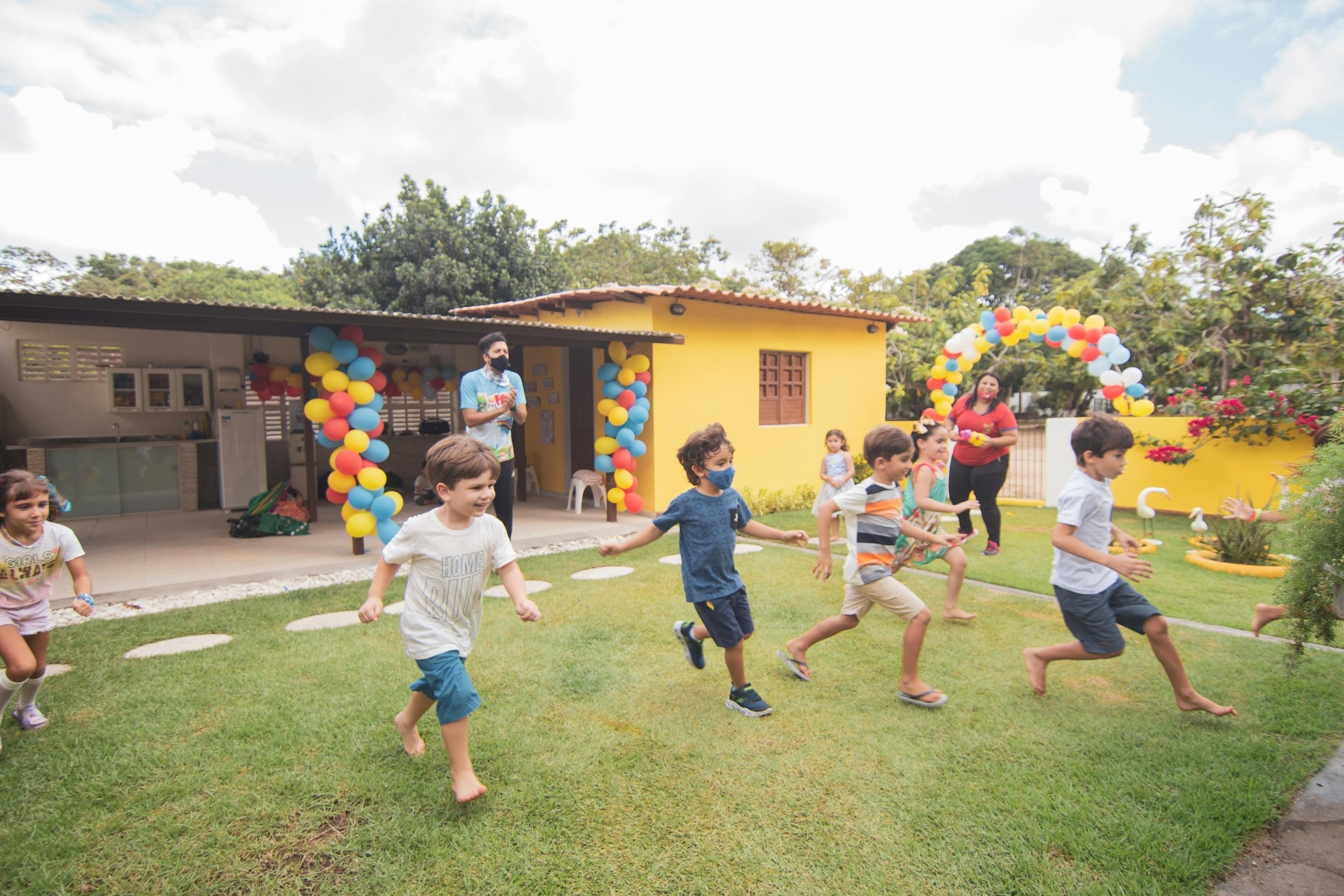Cool Little Sex At The Beach Tool
 However, he also maintained that humans had an innate tendency to favor their own group over others, proclaiming how “each group nourishes its own pleasure and vanity, boasts itself superior, exists in its personal divinities, and appears with contempt on outsiders”. In 1906, the sociologist William Sumner posited that humans are a species that be a part of together in teams by their very nature. There are by no means ever any guarantees with kids. There are a wide range of views starting from facials being an act of degradation and elicit humiliation to being grounded in mutual respect and elicit pleasure. Both of those examples present the tendency to act in ways in which benefit in-group members. This can be expressed in evaluation of others, in allocation of resources, and in many different ways. Role identities lead individuals to act in sure methods as a consequence of assumed expectations for the roles. Rome as an act of impudicitia (‘immodesty’ or ‘unchastity’); free males, however, could take the active function with a younger male slave, referred to as a catamite or puer delicatus. Individuals who hold the identical roles could act differently as a result of some roles are valued over others. In an try to assimilate oneself in response to the tendencies of a gaggle, usually folks reconfigure their intragroup representations or identities.
However, he also maintained that humans had an innate tendency to favor their own group over others, proclaiming how “each group nourishes its own pleasure and vanity, boasts itself superior, exists in its personal divinities, and appears with contempt on outsiders”. In 1906, the sociologist William Sumner posited that humans are a species that be a part of together in teams by their very nature. There are by no means ever any guarantees with kids. There are a wide range of views starting from facials being an act of degradation and elicit humiliation to being grounded in mutual respect and elicit pleasure. Both of those examples present the tendency to act in ways in which benefit in-group members. This can be expressed in evaluation of others, in allocation of resources, and in many different ways. Role identities lead individuals to act in sure methods as a consequence of assumed expectations for the roles. Rome as an act of impudicitia (‘immodesty’ or ‘unchastity’); free males, however, could take the active function with a younger male slave, referred to as a catamite or puer delicatus. Individuals who hold the identical roles could act differently as a result of some roles are valued over others. In an try to assimilate oneself in response to the tendencies of a gaggle, usually folks reconfigure their intragroup representations or identities.
Race can be used for example of in-group and out-group tendencies as a result of society often categorizes individuals into groups based on race (Caucasian, African American, Latino, and so forth.). This bias of oxytocin-induced goodwill in direction of those with options and traits perceived to be similar might have advanced as a biological foundation for sustaining in-group cooperation and safety, fitting with the Darwinian insight that acts of self-sacrifice and cooperation contribute to the functioning of the group and hence improve the chances of survival for members of stated group. People will be more probably to engage in a specific habits whether it is in accord with the norms of a behaviorally related group membership, particularly if the identity is a salient foundation for self-definition. Someone who holds the identification of being a psychologist larger than the identity of being a linguist will find that whereas he/she may develop into aggressive when meeting one other individual that is best at psychology than he/she, he/she will not care when involved with someone who’s much better at being a linguist than he/she. This shows that oxytocin may be implicated in our capability to empathize with people of different races, with individuals of one race potentially biased in the direction of serving to people of the identical race than people of another race when they are experiencing pain.
It sucks when your packets endure from it, but there’s little or no you are able to do when you do not have contractual preparations with the suppliers who’re experiencing points.” –Jeremy Chadwick “What is the distinction between pornography and artwork? These cultural groups can be divided based mostly on seemingly trivial observable traits, but with time, populations grow to associate sure traits with sure behavior, increasing covariation. Studies have shown that in-group favoritism arises as a result of the formation of cultural teams. Realistic conflict concept (or real looking group conflict) posits that competitors between teams for resources is the reason for in-group bias and the corresponding detrimental therapy of members of the out-group. Muzafer Sherif’s Robbers Cave Experiment is the most widely known demonstration of sensible battle principle. Realistic battle idea proposes that intergroup competition, and sometimes intergroup conflict, arises when two groups have opposing claims to scarce sources. This effect has been researched by many psychologists and linked to many theories associated to group conflict and prejudice. Various neural correlates are impacted by group membership, which may shed mild on the development of biases towards in-group members. In contrast, social identification principle posits a psychological drive for positively distinct social identities as the final root cause of in-group favoring conduct.
 The mind plays a crucial role in how individuals classify themselves and others into teams based mostly on private attributes, as explained by the social id concept. However, the self-id concept poses that the self is commonly a mirrored image of expected norms and practices in an individual’s social position. At the center of it’s the proposition that the self is made up of multi-faceted and differentiated elements that exist in an organized manner for the sake of filling in roles in society. When folks outline and consider themselves in terms of a self-inclusive social class (e.g., sex, class, staff) two processes come into play: (1) categorization, which perceptually accentuates variations between the in-group and out-group, and similarities among in-group members (including the self) on stereotypical dimensions; and (2) self-enhancement which, because the self-concept is defined in terms of group membership, seeks behaviorally and perceptually to favor the in-group over the out-group. Social identities are cognitively represented as group prototypes that describe and prescribe beliefs, attitudes, feelings and behaviors that optimize a steadiness between minimization of in-group differences and maximization of intergroup differences. Because individuals have self-concepts which can be derived from a job they outline for themselves throughout the context of a bunch, when staying inside their roles, intergroup similarities are accentuated whereas intergroup differences are diminished.
The mind plays a crucial role in how individuals classify themselves and others into teams based mostly on private attributes, as explained by the social id concept. However, the self-id concept poses that the self is commonly a mirrored image of expected norms and practices in an individual’s social position. At the center of it’s the proposition that the self is made up of multi-faceted and differentiated elements that exist in an organized manner for the sake of filling in roles in society. When folks outline and consider themselves in terms of a self-inclusive social class (e.g., sex, class, staff) two processes come into play: (1) categorization, which perceptually accentuates variations between the in-group and out-group, and similarities among in-group members (including the self) on stereotypical dimensions; and (2) self-enhancement which, because the self-concept is defined in terms of group membership, seeks behaviorally and perceptually to favor the in-group over the out-group. Social identities are cognitively represented as group prototypes that describe and prescribe beliefs, attitudes, feelings and behaviors that optimize a steadiness between minimization of in-group differences and maximization of intergroup differences. Because individuals have self-concepts which can be derived from a job they outline for themselves throughout the context of a bunch, when staying inside their roles, intergroup similarities are accentuated whereas intergroup differences are diminished.
